How to Address the Common Challenges in Squeeze Cementing Operations
Squeeze cementing is a vital well intervention technique used in the oil and gas industry to seal off problem zones, improving well integrity and restoring zonal isolation. While the process is highly effective, it comes with a set of challenges that can impact the success of the operation. Understanding these challenges is essential for mitigating risks, improving outcomes, and ensuring the long-term productivity of wells.
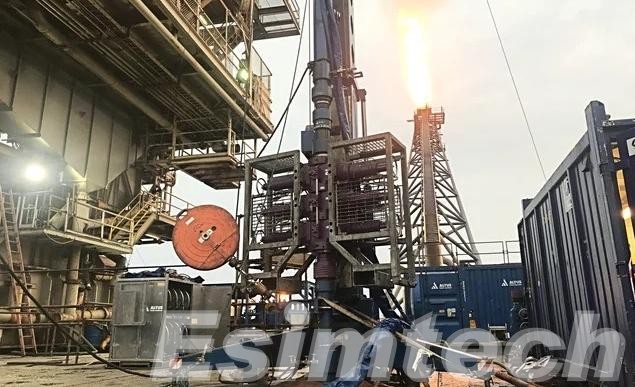
What is Squeeze Cementing
Squeeze cementing involves injecting cement under controlled pressure into targeted zones of a well, such as areas with casing leaks, unwanted fluid pathways, or poor zonal isolation. The cement is forced into fractures, perforations, or voids to seal off troublesome sections, preventing fluid migration between zones and improving the overall structural integrity of the well.
Squeeze cementing is commonly used to:
- Repair casing leaks.
- Seal off depleted or water-producing zones.
- Provide enhanced zonal isolation to protect productive zones.
- Prepare wells for abandonment by sealing off all permeable zones.
This process requires precise control of cement placement and pressure, making it a challenging operation that often benefits from the use of advanced technologies, such as simulations, to ensure success and minimize risks.
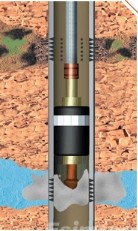
Common Challenges Encountered in Squeeze Cementing Operations
1. Inaccurate Identification of Problem Zones
One of the first steps in any squeeze cementing operation is the accurate identification of problem zones that require sealing. These may include casing leaks, fractures, or unwanted water or gas production zones. However, poor diagnostics or incomplete data can lead to misidentifying the target area, resulting in a failed operation or leaving behind unsolved issues.
Solution: To improve accuracy, advanced logging tools such as ultrasonic imaging, temperature logging, and production logs should be used to thoroughly evaluate the wellbore conditions before initiating a squeeze cementing job. Detailed well diagnostics and monitoring techniques are critical in targeting the precise zones for cement placement.
2. Cement Placement Issues
Proper cement placement is essential for the success of squeeze cementing. However, achieving the ideal placement can be challenging due to complex well geometries, fluid migration, or high-pressure differentials. Improper placement can result in incomplete zonal isolation or reoccurrence of leaks.
Solution: Utilizing advanced tools like mechanical packers and cement retainers helps ensure better control over cement placement. Techniques such as reverse circulation and bullheading can also help to displace the cement effectively in challenging well conditions. Implementing real-time pressure monitoring can further enhance cement placement accuracy by providing feedback during the process.
3. Formation Damage
One of the major concerns during squeeze cementing is the potential for formation damage. High pressure during cement injection can lead to damage to the formation, particularly in weak zones. This can result in reduced well productivity or additional remediation requirements.
Solution: Low-pressure squeeze techniques, also known as “soft” or “low-volume” squeeze methods, can be used to minimize the risk of formation damage. These techniques involve the gradual injection of cement at lower pressures, reducing the likelihood of formation fracturing or other damage. Additionally, using additives in cement slurry that reduce its aggressiveness and flow properties can help protect the formation.
4. Cement Shrinkage
Cement shrinkage is a common issue that can occur after the cement has set. As the cement shrinks, it may create micro-annuli or gaps between the casing and the formation, leading to poor zonal isolation and potential leakage over time.
Solution: To address shrinkage issues, special cement formulations are often used. Expansive cements or additives that counteract shrinkage, such as bentonite or expansive clays, are commonly employed to ensure the cement maintains its volume after setting. These formulations help maintain long-term isolation and seal integrity.
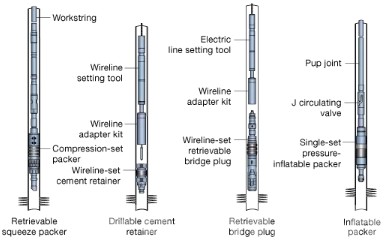
5. Fluid Contamination
Fluid contamination is another challenge in squeeze cementing. If the wellbore fluids (such as drilling mud or formation water) mix with the cement slurry, the cement’s properties can degrade, leading to poor setting and weak seals. This often happens when there is insufficient fluid separation or when the cement encounters unknown or unexpected fluids in the well.
Solution: Fluid separation is critical to the success of squeeze cementing. Pre-flushing the wellbore with spacers or chemical washes designed to prevent contamination can ensure that the cement slurry remains unaffected by wellbore fluids. Proper wellbore cleaning, along with accurate mud displacement strategies, also helps reduce contamination risk.
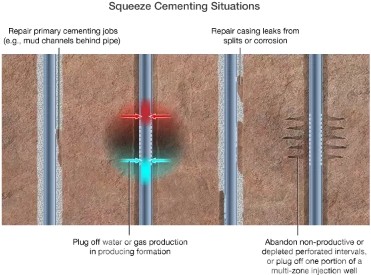
6. Pressure Control and Management
Maintaining the correct pressure during the squeeze cementing process is crucial. Too much pressure can damage the formation, while insufficient pressure may result in inadequate cement penetration into the target zone. Pressure fluctuations during the operation can also lead to cement slumping or insufficient coverage.
Solution: Effective pressure management is essential for controlling the cement placement. Operators should utilize real-time pressure monitoring systems and ensure precise control over injection rates. Using packers and cement retainers in challenging well conditions also helps maintain the correct pressure for cement injection without damaging the wellbore.
7. Wellbore Geometry and Complexity
In deviated, horizontal, or highly complex wellbores, squeeze cementing becomes more challenging due to difficulties in accessing the target zones or maintaining adequate cement coverage. Cement may not effectively flow into the required zones, leaving gaps in the seal.
Solution: Customized cementing techniques, such as using multi-stage squeeze tools, may be necessary for complex well geometries. Additionally, the use of tailored cement slurries with controlled flow properties can help improve cement distribution in unconventional wellbore shapes.
8. Uncertainty in Cement Bond Quality
After a squeeze cementing job, it is often difficult to determine the quality of the cement bond or to assess whether the operation was fully successful. Without adequate testing and verification, issues such as incomplete zonal isolation may go unnoticed, leading to future problems.
Solution: Post-squeeze evaluation techniques, such as cement bond logging (CBL) or ultrasonic testing, can help verify the quality of the cement bond. Conducting these tests provides crucial information on the integrity of the cement job and whether additional remediation may be necessary.
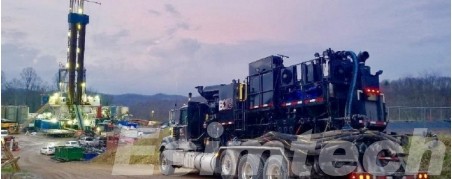
How Simulations are Used for Addressing the Challenges in Squeeze Cementing Operations
This chart highlights the specific challenges and the ways in which oil and gas simulations enhance the efficiency and success of squeeze cementing operations.
| Challenges in Squeeze Cementing | How Simulations Address the Challenges |
| Cement Placement Issues | Simulations predict cement flow patterns, allowing for optimization of placement and achieving complete coverage. |
| Pressure Control and Management | Simulates pressure scenarios to help operators manage pressure effectively, avoiding formation damage and poor cement penetration. |
| Formation Damage | Simulations assess pressure impacts on formations, guiding the selection of appropriate techniques to prevent damage. |
| Cement Shrinkage and Integrity | Predicts cement shrinkage and helps in choosing additives to prevent micro-annuli and maintain cement integrity. |
| Fluid Contamination | Models fluid displacement to optimize pre-flush procedures and prevent contamination during cement placement. |
| Complex Well Geometries | Simulates digital models of complex well structures, ensuring effective cement flow in deviated or irregular wellbores. |
| Real-Time Monitoring and Adjustments | Integrates real-time data into simulations to dynamically adjust parameters during operations for better outcomes. |
| Post-Operation Evaluation | Simulates post-job analysis to evaluate cement bond success and identify areas for improvement in future jobs. |
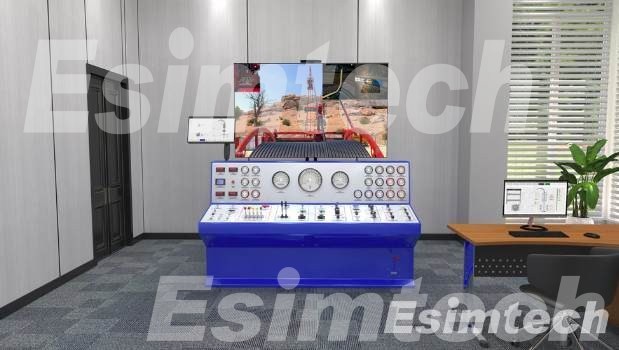
To sum up, inaccurate diagnostics, cement placement difficulties, formation damage, pressure control issues, etc, can all affect the success of the operation. Through implementing advanced diagnostics, optimized cement formulations, improved pressure management, many of these challenges can be addressed, leading to more successful squeeze cementing operations and enhanced well integrity.
